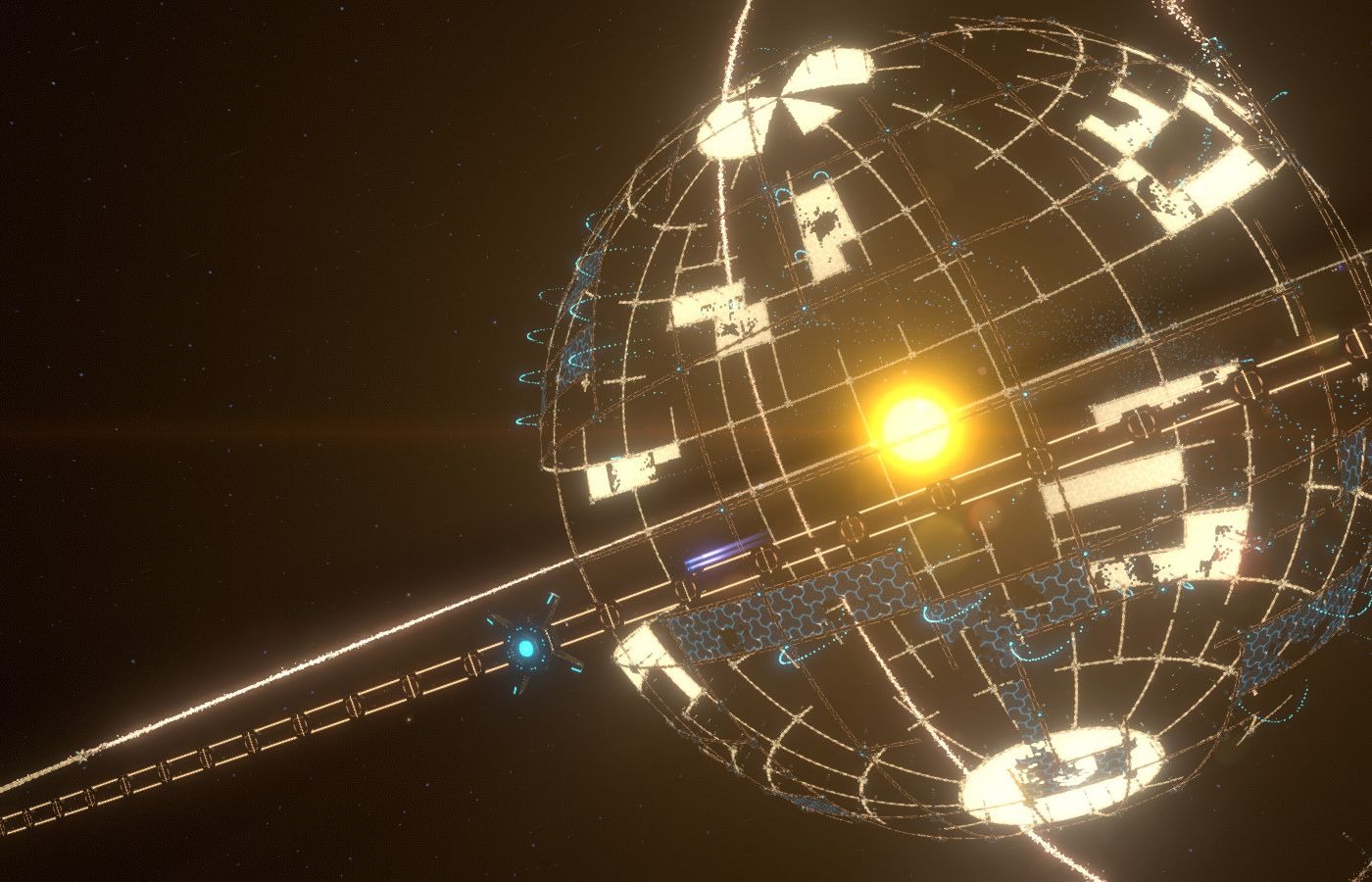Our Sun is a huge nuclear reactor producing a gigantic amount of energy. To collect this energy most efficiently, it would be possible to use a Dyson sphere – a giant shell around a star. But to build such an incredibly huge structure, it takes such an amount of material, which is simply physically not enough on Earth.

In the new book The Possibility of Life, science fiction writer Jamie Green explores the problem of building a Dyson sphere around the Sun. In his opinion, to build such a megastructure, it is necessary to destroy a planet the size of Jupiter.
“To get enough material to create a Dyson sphere, it’s essentially going to take apart a planet the size of Jupiter,” Green writes in his book.
The construction of such a megastructure is vital for the development of mankind and the improvement of its technologies in the future, when electricity requirements will increase exponentially. And this applies not only to humanity. Some astronomers have pledged to look for signs of extraterrestrial life by scanning the sky for the existence of Dyson spheres hiding in other star systems.
Megastructure mania
Such a sphere can allow a civilization to move from a type I civilization to a Type II civilization on the Kardashev scale – a method of measuring how developed society is on the planet. Simply put, instead of using energy from all the existing surfaces of a particular planet, it uses all the energy of its parent star or Type II.
Not everyone agrees that building a Dyson sphere will ultimately be an impossible task. In an interview with Green, astrophysicist Jason Wright compared such efforts to the development of Manhattan, which was developed and created over a long period of time bit by bit. In the same way, the Dyson sphere can be created over time to eventually switch to the full use of all the energy of our star.
“This energy is dissipating in space anyway, so why don’t we collect it?” – Green summarizes.
Follow us on Twitter to get the most interesting space news in time
https://twitter.com/ust_magazine

